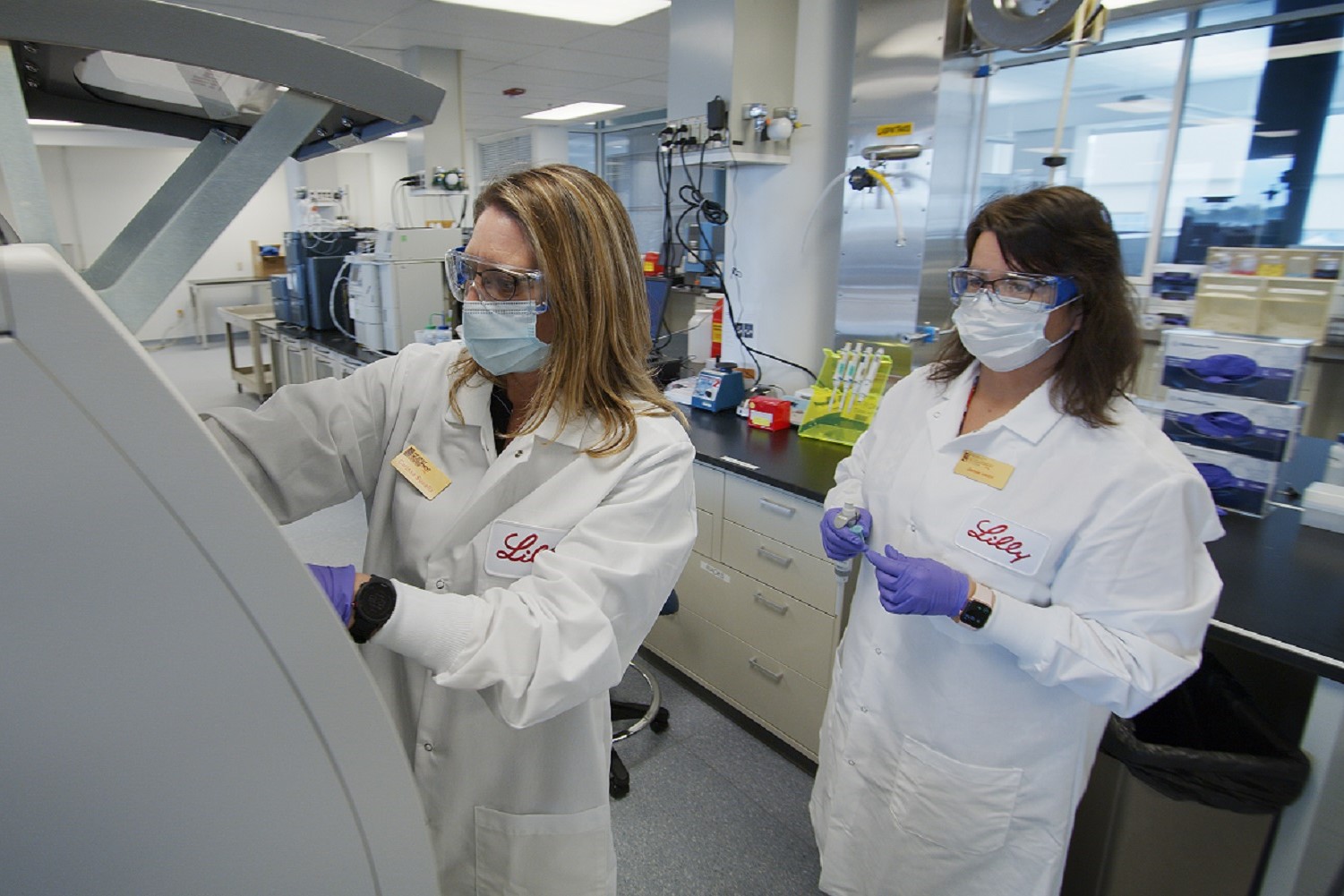Previously known as The Autism Speaks Ten Thousand Genomes Program (AUT10K), “MSSNG” is the newest endeavor to create the world’s largest database of sequenced genomic information with the help of the Google Cloud Platform. Announced today, this collaboration will allow worldwide access to autism research for scientists.
Part of the campaign includes really incredible images of crystalized DNA:

With the Rise of AI, What IP Disputes in Healthcare Are Likely to Emerge?
Munck Wilson Mandala Partner Greg Howison shared his perspective on some of the legal ramifications around AI, IP, connected devices and the data they generate, in response to emailed questions.
This collaboration could lead to breakthroughs into causes, sub-types and better treatment and diagnosis.
MSSNG aims to sequence and analyze the whole genomes of 10,000 individuals in families affected by autism – an unprecedented undertaking that will provide the global autism research community with a platform to answer some of the most vexing questions about the disorder.
Pronounced “missing,” the name has vowels deliberately omitted to represent the missing pieces of the autism puzzle. It is symbolic of the missing information about autism that the project is designed to find. The campaign will enable discoveries that promise advances in medical care and quality-of-life for those struggling with autism and their families.
World-renowned geneticist Stephen Scherer serves as director of MSSNG. Dr. Scherer established the Database of Genomic Variants, the world’s first and most-used database of copy number variants (CNVs), which physicians and medical geneticists use in making hundreds of thousands of medical diagnoses.
More than 1,000 genomes have already been sequenced in the MSSNG program and 2,000 more are in the queue. The results from the first 100 were published in the American Journal of Human Genetics in July 2013.












